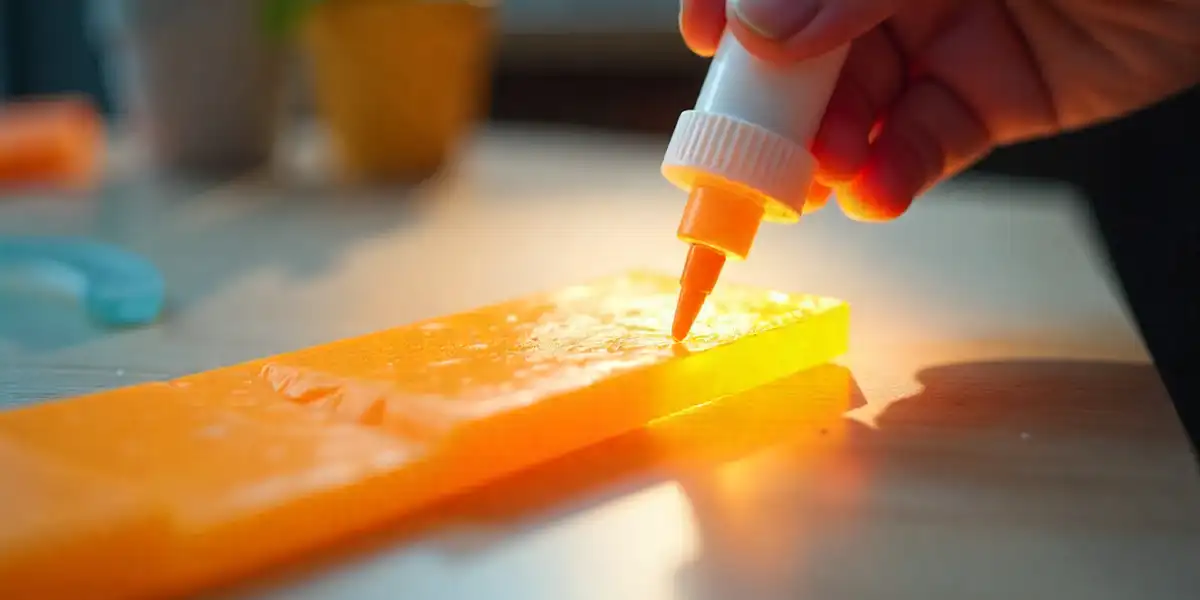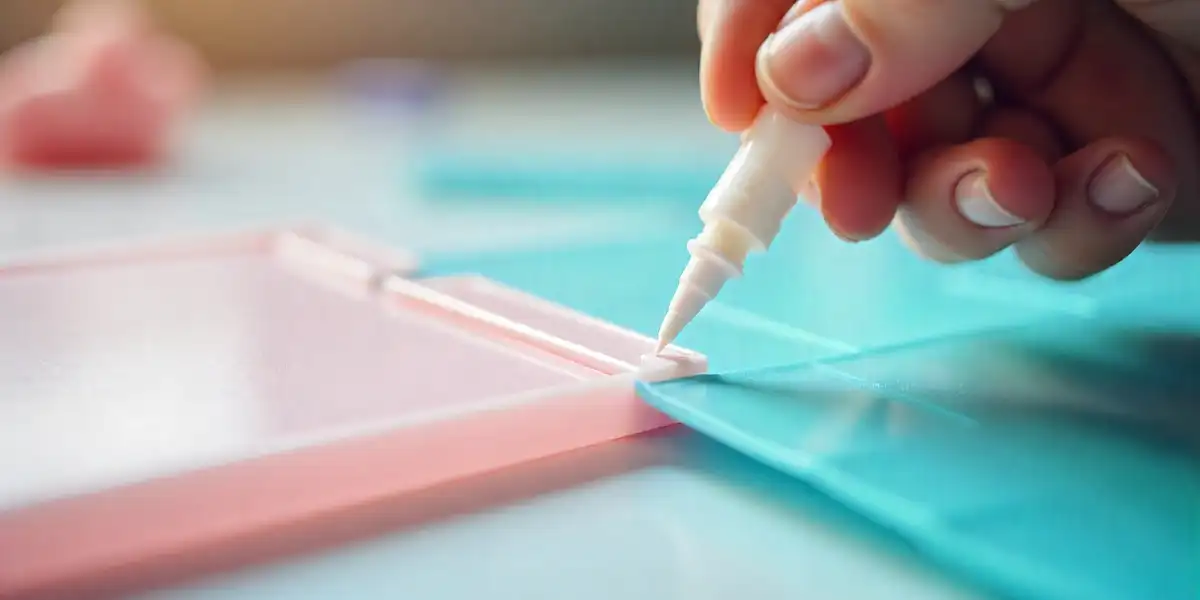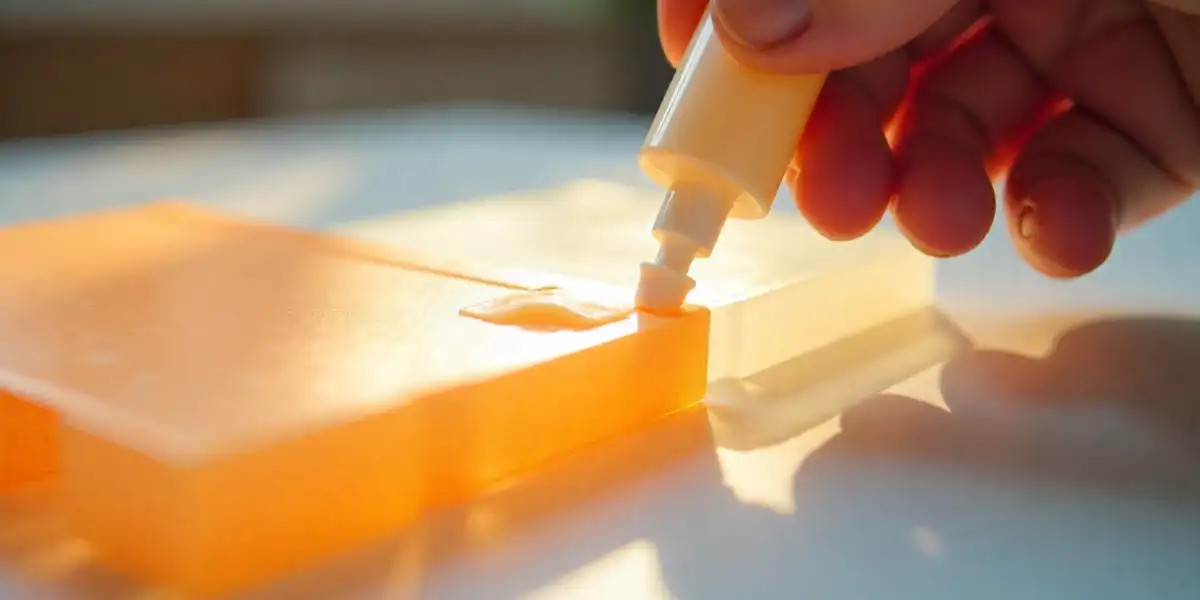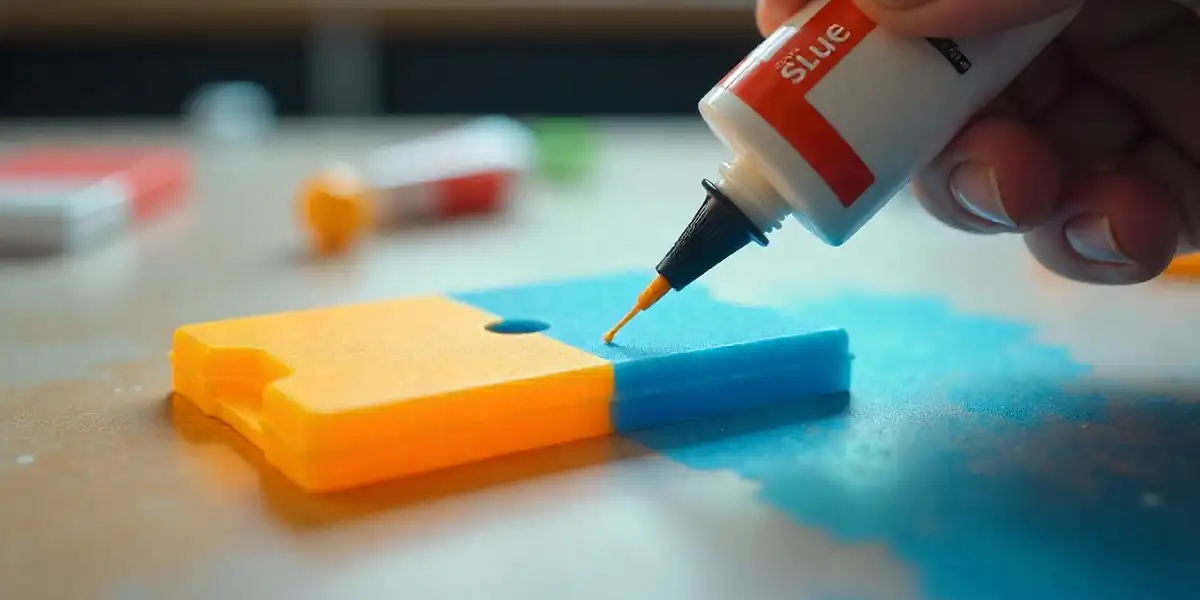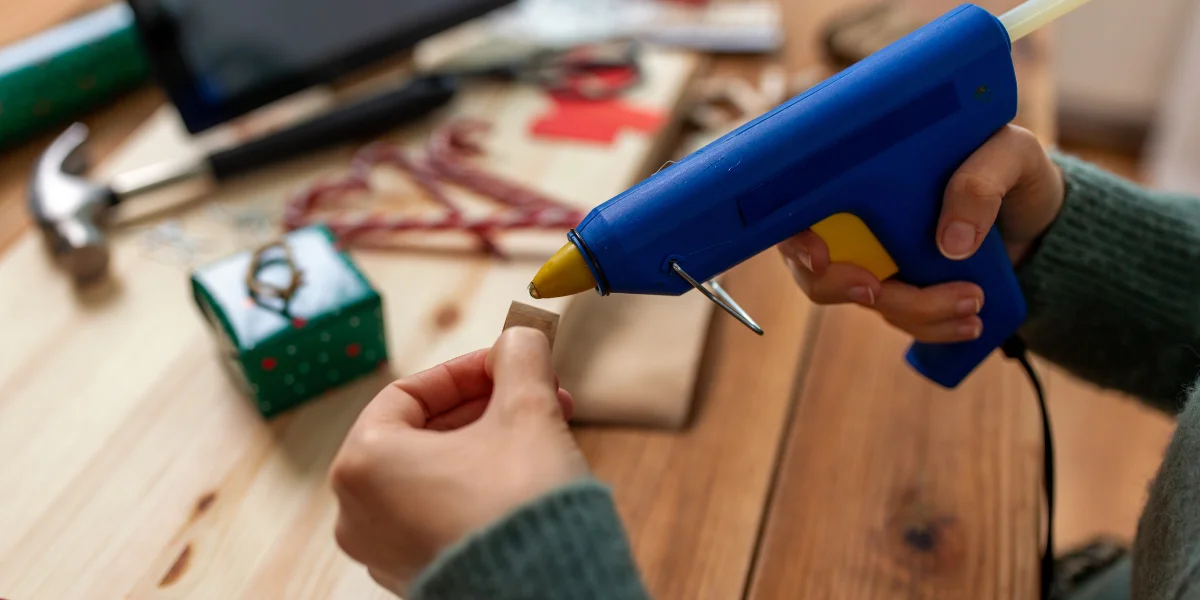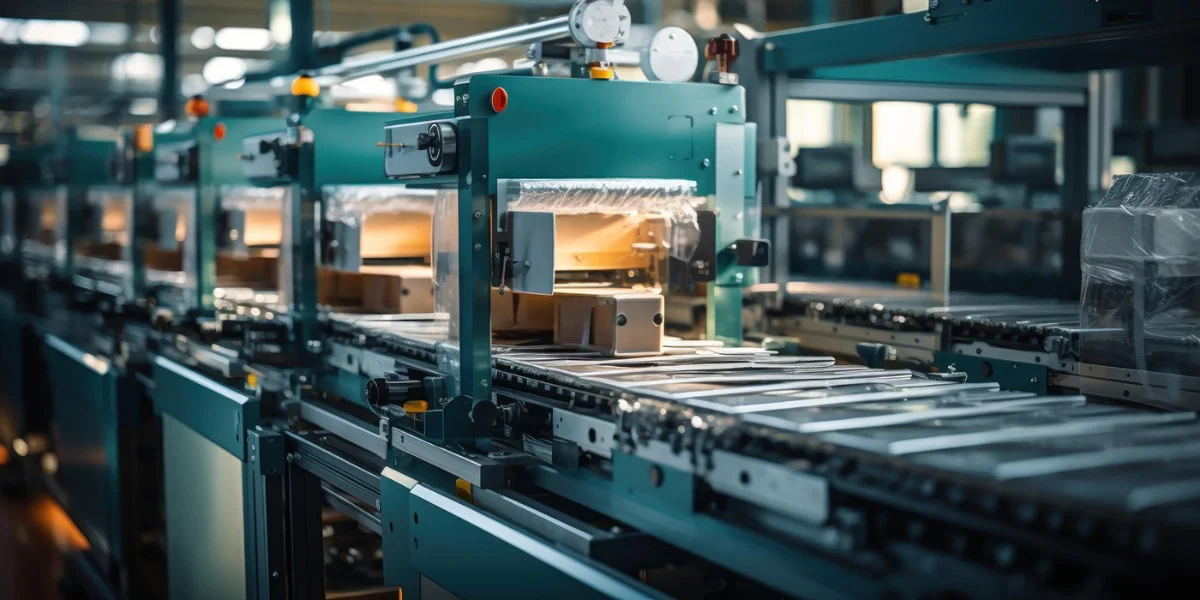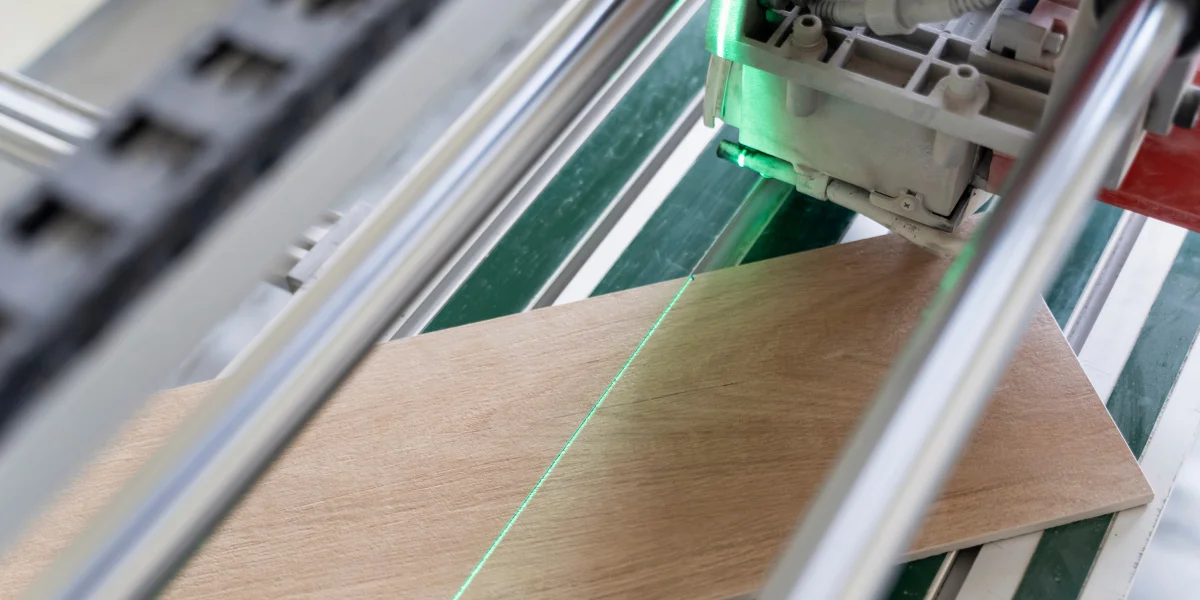Before diving into specific adhesive types, it’s essential to understand the advantages of using adhesives compared to other joining methods like mechanical fasteners (screws, rivets) or welding. Achieving superior adhesive strength is a primary goal:
• Aesthetic Appeal:
Adhesives provide a clean, invisible bond, maintaining the aesthetic integrity of the product. There are no visible screws or weld lines. This is especially important when plastic quality is a key consideration for the final product’s appearance.
• Stress Distribution:
Adhesives distribute stress evenly across the bonded area, reducing stress concentration points that can lead to failure.
• Bonding Dissimilar Materials:
Adhesives can bond dissimilar plastics, or even plastics to other materials like metals or glass, which is difficult with welding.
• Sealing and Gap Filling:
Many adhesives offer sealing properties, protecting the joint from moisture, dust, and other environmental factors. They can also fill gaps effectively.
• Weight Reduction:
Adhesives can reduce weight compared to mechanical fasteners, which require additional hardware.
• Vibration Dampening:
Adhesive bonds can dampen vibrations, reducing noise and improving product performance.
The first step in selecting the right plastic adhesive is identifying the type of plastic you’re working with. Plastics are broadly classified into two categories:
Thermoplastics can be repeatedly softened by heating and hardened by cooling. Common examples include:
• ABS (Acrylonitrile Butadiene Styrene):
Known for its impact resistance and rigidity.
• Polycarbonate (PC):
High impact strength and optical clarity.
• Acrylic (PMMA):
Excellent transparency and weather resistance.
• Polypropylene (PP):
Chemical resistance and flexibility. This can be challenging when plastic bonding, requiring specific adhesive selection.
• Polyethylene (PE):
Low cost and good chemical resistance. Surface preparation is often critical when using a plastic adhesive glue on PE.
• PVC (Polyvinyl Chloride):
Versatile, rigid or flexible depending on formulation.
Thermoset plastics undergo irreversible chemical change during curing and cannot be remelted. Common examples include:
• Epoxies:
High strength and chemical resistance.
• Polyurethanes (PU):
Flexible and durable.
• Phenolics:
High heat resistance and electrical insulation.
Several factors influence the selection of the appropriate adhesive for plastic bonding:
• Plastic Type:
The chemical composition of the plastic dictates its surface energy and compatibility with different adhesives. Some plastics are inherently easier to bond than others.
• Bond Strength Requirements:
Determine the required tensile, shear, and peel strength based on the application’s demands. Choosing the strongest plastic to plastic adhesive is paramount in such cases.
• Environmental Conditions:
Consider the operating temperature range, exposure to chemicals, UV radiation, and humidity. This will impact your adhesive quality choice.
• Cure Time:
Balance the need for quick processing with the required bond strength.
• Viscosity:
The viscosity of the adhesive affects its flow and gap-filling capabilities.
• Color and Clarity:
If aesthetics are important, select an adhesive that is clear or matches the color of the plastic.
• Cost:
Balance performance requirements with budget constraints.
Here’s an overview of the most common types of adhesives used for plastic to plastic bonding applications:
• Pros:
Fast curing, strong bond on many plastics, easy to apply.
• Cons:
Limited gap filling, poor impact resistance, and can bloom (leave a white residue).
• Best for:
Small parts, quick repairs, bonding smooth, close-fitting surfaces.
• Cons:
Slower curing, requires mixing, and can be brittle.
• Best for:
Structural applications, bonding dissimilar materials, and high-performance applications.
• Pros:
Good strength, impact resistance, and chemical resistance, faster curing than epoxies.
• Cons:
Can be flammable, and some require surface preparation.
• Best for:
Bonding oily or contaminated surfaces, structural applications, where a faster cure is needed.
• Pros:
Flexible, good impact and vibration resistance, bonds well to many plastics.
• Cons:
Can be sensitive to moisture, and some require primers.
• Best for:
Applications requiring flexibility, bonding dissimilar materials with different thermal expansion rates.
• Pros:
Excellent flexibility, temperature resistance, and UV resistance.
• Cons:
Lower strength than other adhesives; can be difficult to paint.
• Pros:
Fast setting, easy to apply, good for gap filling.
• Cons:
Lower strength, limited temperature resistance.
• Best for:
Temporary bonding, packaging, applications where immediate adhesion is needed.
• Pros:
Very fast curing, high strength, good clarity.
• Cons:
Requires a UV light source, limited to transparent or translucent plastics.
• Best for:
Bonding clear plastics, applications requiring fast, precise bonding.
Proper surface preparation is crucial for achieving a strong and durable bond. Many plastics have low surface energy, which hinders adhesive wetting and adhesion. The success of adhesive bonding largely depends on this step. Here are some common surface preparation techniques:
• Cleaning:
Remove dirt, grease, oil, and other contaminants with a suitable solvent cleaner (e.g., isopropyl alcohol, acetone).
• Abrading:
Lightly abrade the surface with sandpaper or a Scotch-Brite pad to increase the surface area and create a mechanical key for the adhesive.
• Chemical Etching:
Use chemical etchants to modify the surface chemistry of the plastic and improve adhesion. (Use with caution and follow safety guidelines).
• Plasma Treatment:
Expose the plastic surface to plasma to increase its surface energy and improve adhesion.
Proper adhesive application methods are crucial:
• Apply Adhesive Evenly:
Use the correct amount of adhesive and apply it evenly to both surfaces.
• Clamp or Fixture:
Use clamps or fixtures to hold the parts in place during curing.
• Follow Cure Time Recommendations:
Allow the adhesive to cure fully according to the manufacturer’s instructions.
• Safety Precautions:
Wear appropriate personal protective equipment (gloves, eye protection) when handling adhesives.
• Bond Strength Testing:
Perform tensile, shear, and peel tests to verify that the adhesive strength meets the application requirements.
• Environmental Testing:
Expose the bonded assembly to the expected environmental conditions to assess its durability.
• Non-Destructive Testing:
Use non-destructive testing methods (e.g., ultrasonic testing) to detect voids or defects in the bond line.
• Possible Causes:
Inadequate surface preparation, incorrect adhesive selection, insufficient cure time.
• Solutions:
Review surface preparation procedures, select a more appropriate adhesive, and ensure proper cure time and temperature.
• Possible Causes:
Overstressing the joint, exposure to incompatible chemicals, and temperature extremes.
• Solutions:
Redesign the joint to reduce stress, select a more chemically resistant adhesive, and protect the joint from extreme temperatures.
• Solutions:
Use a low-blooming cyanoacrylate, apply adhesive in a dry environment, and use ventilation to remove fumes.
Selecting the best adhesive to bond plastic to plastic is a critical decision that impacts the performance, durability, and aesthetics of the final product. By understanding the different types of adhesives, considering plastic quality, and mastering adhesive application methods, you can achieve strong, reliable bonds that meet the demands of your specific application. Remember to carefully consider the factors outlined in this guide, and always follow the manufacturer’s recommendations for adhesive application and curing. Thorough testing and validation are also essential to ensure the long-term performance of the bonded assembly. Choosing the strongest plastic to plastic adhesive doesn’t guarantee success without proper surface preparation and application.
